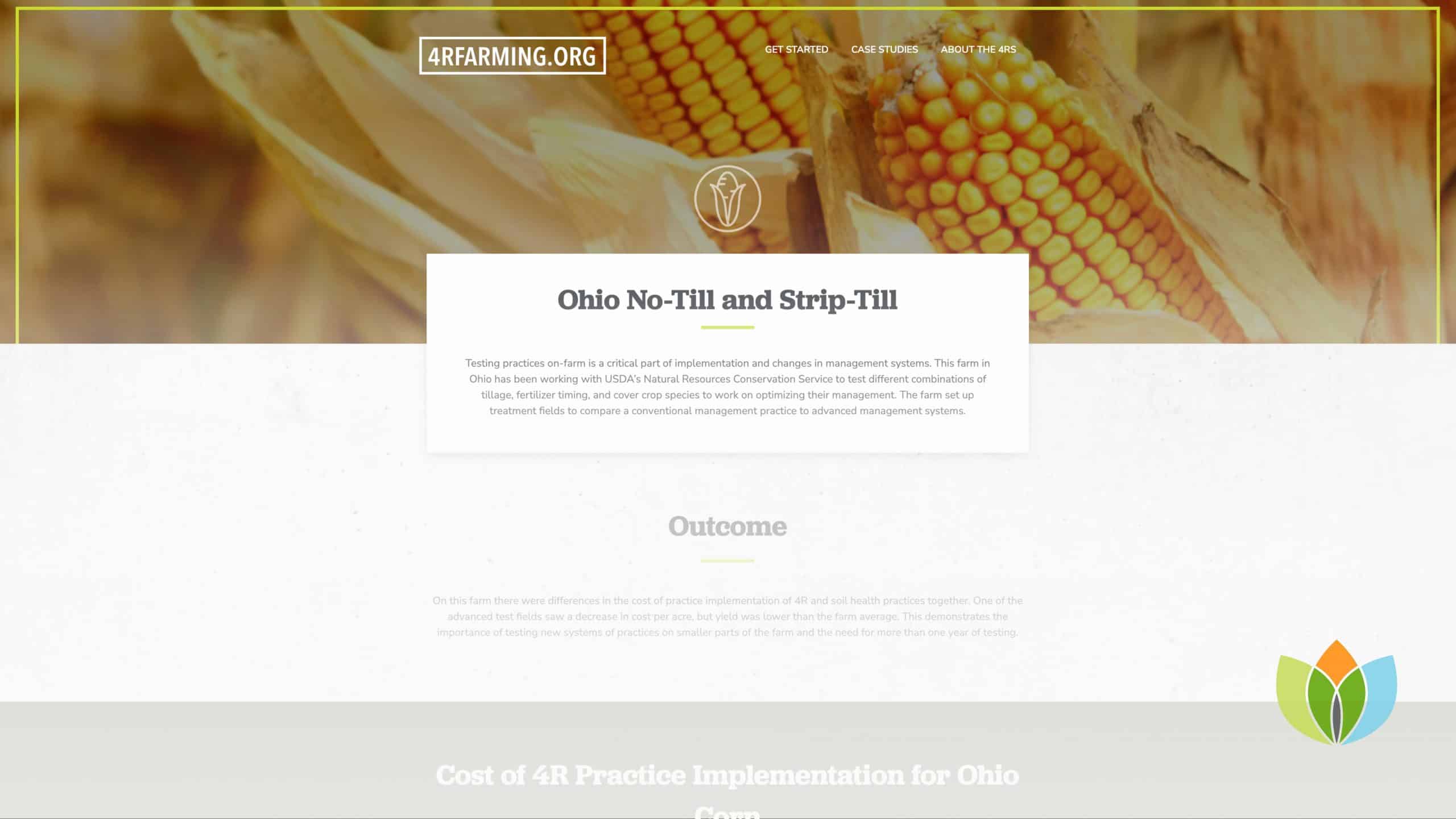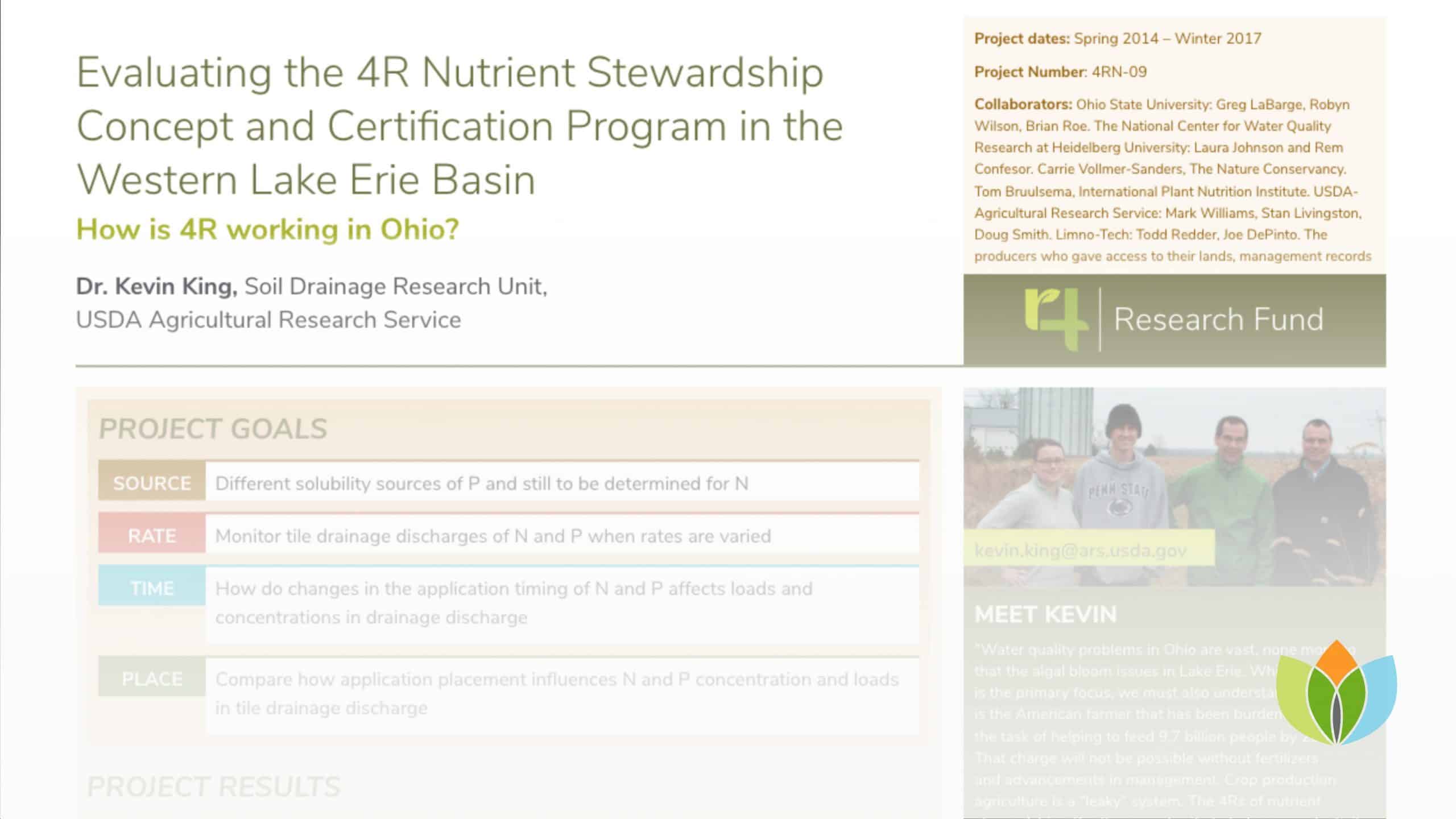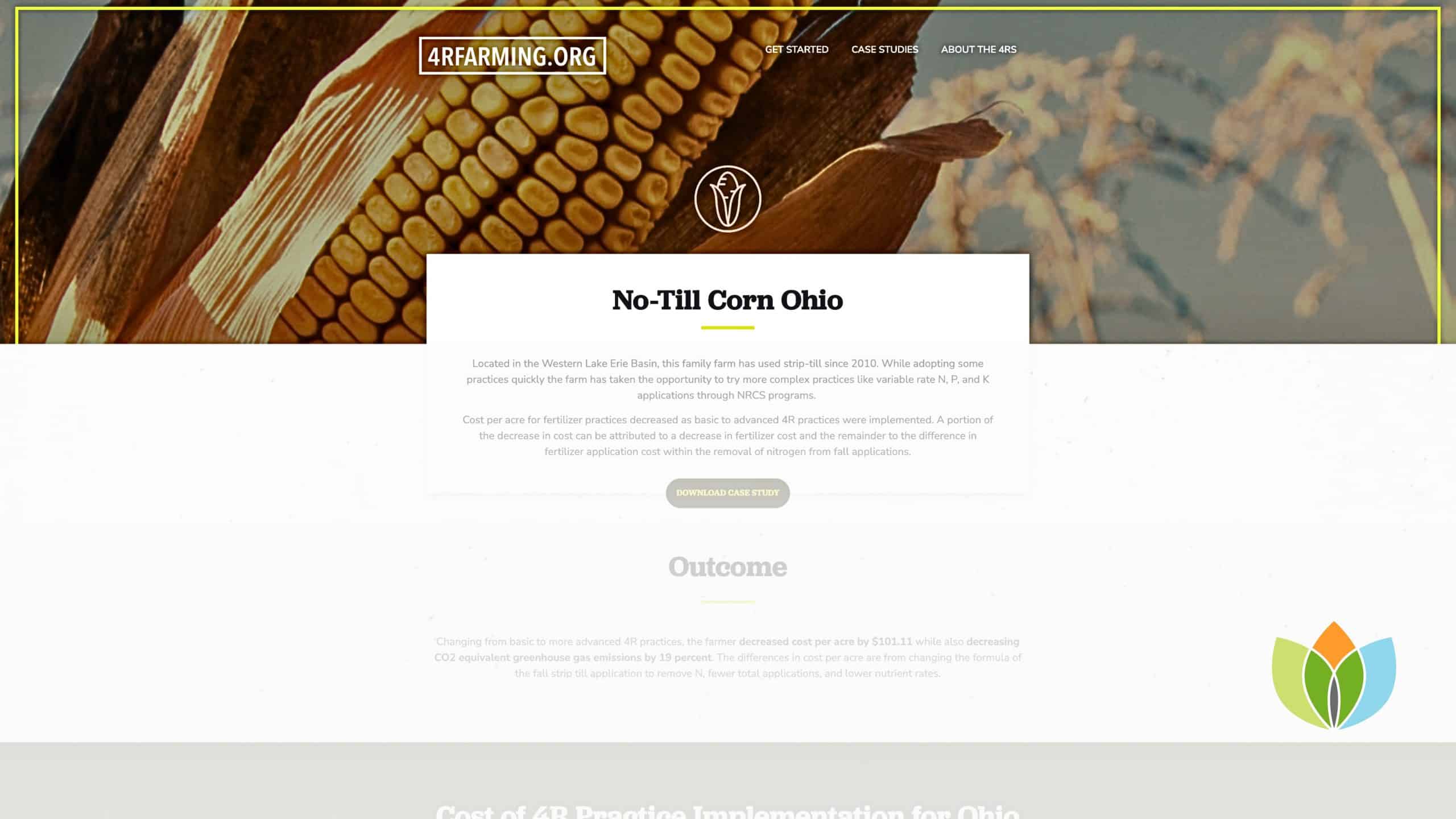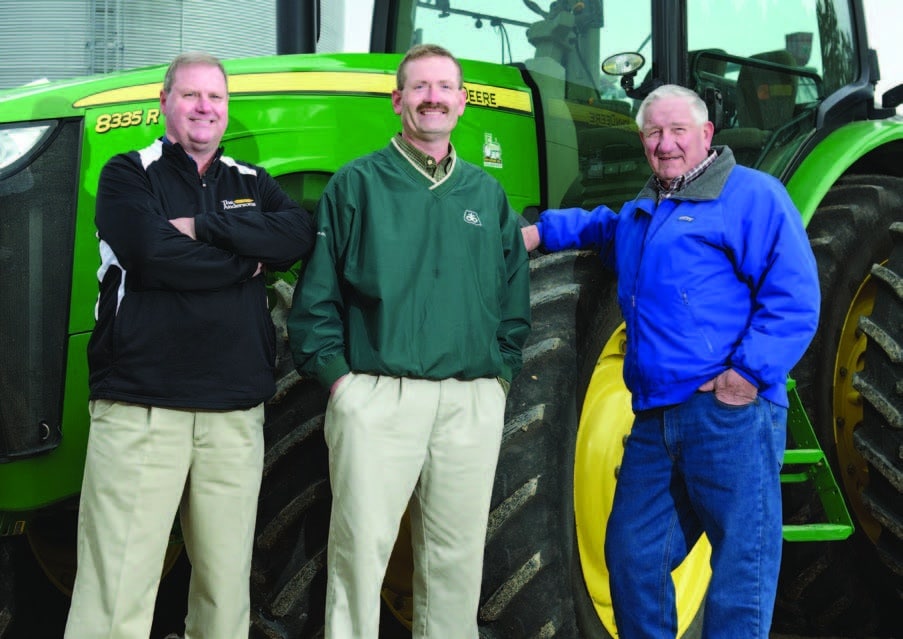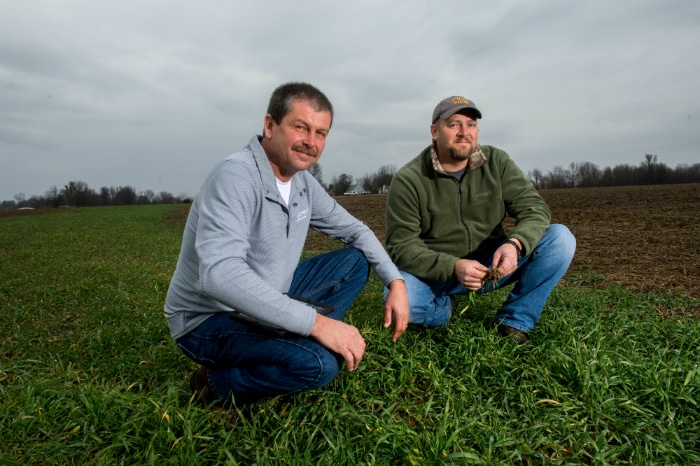Bountiful Harvests and Clean Water Can Coexist.
Ohio is an agricultural powerhouse. One in seven Ohioans works in the industry and the market value of Ohio grown or produced agricultural products sold in 2022 was over $15 billion. But all that productivity doesn’t mean much if the land isn’t being cared for and our shared waterways protected.
Ohio has also experienced the negative impacts of agriculture, in particular water quality issues stemming from fertilizer runoff. The biggest impacts can be seen in Lake Erie, evidenced by annual algal blooms over the summer months. And while algal blooms are naturally occurring, there are a number of factors that can increase their severity. These factors include an increase in rainfall and temperatures, leaking septic systems, the loss of wetlands around lakes, and yes, fertilizer.
So what is the fertilizer industry doing about it? The fertilizer industry’s focus in addressing water quality issues is efficient and responsible usage of fertilizer on farms in Ohio and beyond through what is known as 4R Nutrient Stewardship.
Get Involved
As Congress is working on passing a Farm Bill, now is the perfect time to quickly and easily let your members of Congress know that they can support 4R Nutrient Stewardship by supporting a number research, conservation, and technical assistance provisions included in the legislation.
Take action and learn more about how the Farm Bill can help improve Ohio’s water quality.
4R Nutrient Stewardship means using the right fertilizer source, at the right rate, at the right time, and in the right place. Implementing 4R Nutrient Stewardship practices is a scientifically proven way of keeping fertilizer on fields and out of waterways, while also maintaining the crop yields that keep our dinner tables filled with food throughout the year.

TFI works with agricultural retailers in Ohio and around the country to encourage farmer adoption of 4R Nutrient Stewardship practices. TFI also announced in 2021 a goal of having 70 million US farming acres under 4R Nutrient Stewardship management by 2030. As of 2024, current acreage under 4R Nutrient Stewardship management stands at 46 million acres.
Additionally, each year TFI recognizes teams of growers and agronomists who are successfully implementing 4R Nutrient Stewardship practices and serving as examples by championing sound nutrient stewardship. Since 2012, the 4R Advocate Program has recognized 116 growers and retailers who manage 283,000 acres in 25 states, including 3 pairs from Ohio. This year’s 4R Advocates will be announced in August, but you can read about past 4R Advocates here.
Agriculture in Ohio
Ohio farmers grow over 200 crops on over 76,000 farms and nearly 14 million acres of farmland. Ohio ranks first nationally in the production of Swiss cheese, second in egg production and third in tomatoes and pumpkins. Ohio is fifth in the nation in bell pepper yield, sixth in sweet corn and cucumbers, and eighth in the number of chickens sold.
4R Stewardship
The right fertilizer source, at the right rate, at the right time, and in the right place. Implementing 4R Nutrient Stewardship practices is a scientifically proven way of keeping fertilizer on fields and out of waterways, while also maintaining the crop yields that keep our dinner tables filled with food throughout the year.
4R Advocates
Since 2012, the 4R Advocate Program has recognized 116 growers and retailers who manage 283,000 acres in 25 states, including 3 pairs from Ohio. This year’s 4R Advocates will be announced in August, but you can read about past 4R Advocates here.
4R Acre Goal
TFI announced in 2021 a goal of having 70 million US farming acres under 4R Nutrient Stewardship management by 2030. As of 2024, current acreage under 4R Nutrient Stewardship management stands at 46 million acres.
Sustainability
Sustainability is at the forefront of industry actions, both in fertilizer production and fertilizer use. TFI surveys the industry annually to compile data for the TFI Sustainability Report, an industry benchmark that tracks sustainability efforts in areas such as emissions reduction, water usage, and energy efficiency.
We’re going to apply fertilizer at a better time, at a better place, and at a better rate. And we’re going to use science to back that up.
Adam Dexter, Crop Specialist
Water Quality Resources
What are the 4Rs?
By controlling fertilizer source, application rate, timing and placement, farmers can be profitable and protect the environment.
Right Source
Selecting the right source involves evaluating and responding to a number of factors including soil physical and chemical properties, blend compatibility and the availability of on-farm sources of nutrients
Right Rate
Involves assessing plant nutrient demand, soil nutrient supply including the availability of nutrients in manure, composts, crop residues and more.
Right Time
Includes assessing timing of plant nutrient uptake as well as the dynamics of soil nutrient supply.
Right Place
Positioning needed nutrient supplies strategically, so that plants develop properly and achieve their yield potential.

